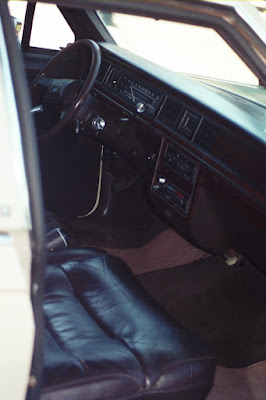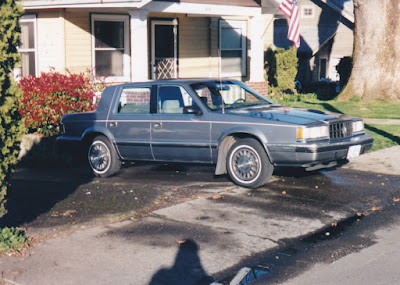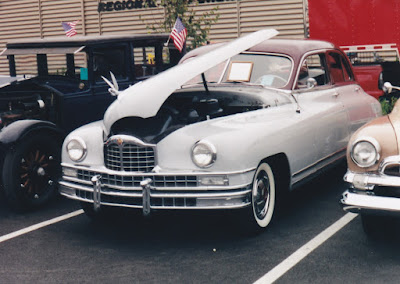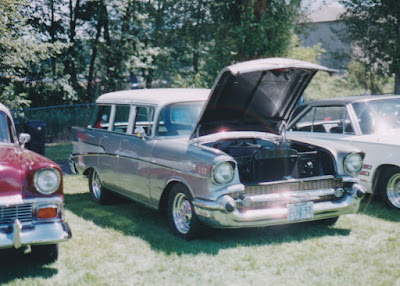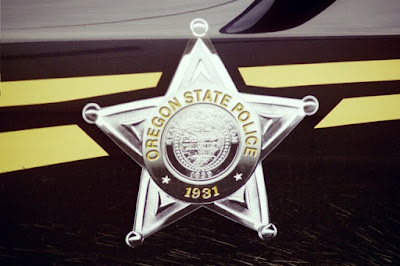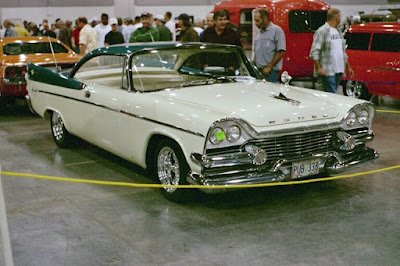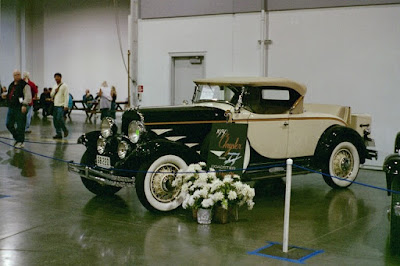
In 1939, Powell Crosley, Jr., known for radios and refrigerators, launched a tiny economy runabout to be sold through Crosley appliance dealers for $325 to $350. Only 10 feet long on an 80-inch wheelbase and weighing under half a ton, it was powered by a 13.5-horsepower 2-cylinder boxer engine and could reach only 50 miles per hour, but could deliver fuel economy of at least 50 miles per gallon. By World War 2, Crosley was making convertible sedans, wood-bodied station wagons, convertibles, covered wagons with full canvas tops, and commercial models, selling almost 5,000 of the 1941-1942 models. Following the war, Crosley resumed production in June 1946 with the Crosley CC, powered by a 26.5-horsepower 44-cubic-inch overhead-cam four-cylinder “CoBra” engine with a block made of brazed copper and sheet steel that Corsley had developed for a U.S. Navy project during the war. Still on the 80-inch wheelbase, the CC was 28 inches longer than the prewar models. Initially available as a two-door, four-seat sedan, convertible was introduced by the end of the year, followed by a station wagon in 1948 and a delivery sedan in 1948. The Crosley CC was the first mass-produced slab-sided car in America, and it was powered by the first mass-produced overhead-cam engine. Crosley production peaked at almost 29,000 cars in 1948, with the station wagon being by far the most popular body style; Crosley actually led U.S. automakers in steel-bodied station wagons in 1948. The Crosley CC looked pretty much the same from 1946 to 1948. A switch to sealed-beam headlights in early 1948 moved the parking lights from within the headlight to their own small bubble-like housing, and a bolt on bar grille was added later in the year, and was also available separately to upgrade earlier cars. For 1949 the Crosley CC would be replaced with the improved Crosley CD, but the market had largely moved on, and Crosley gave up on the automobile business in July 1952. This Crosley CC Convertible at the 2004 Unique Tin Car Show in Longview, Washington, is probably a 1947 or early 1948 model.











